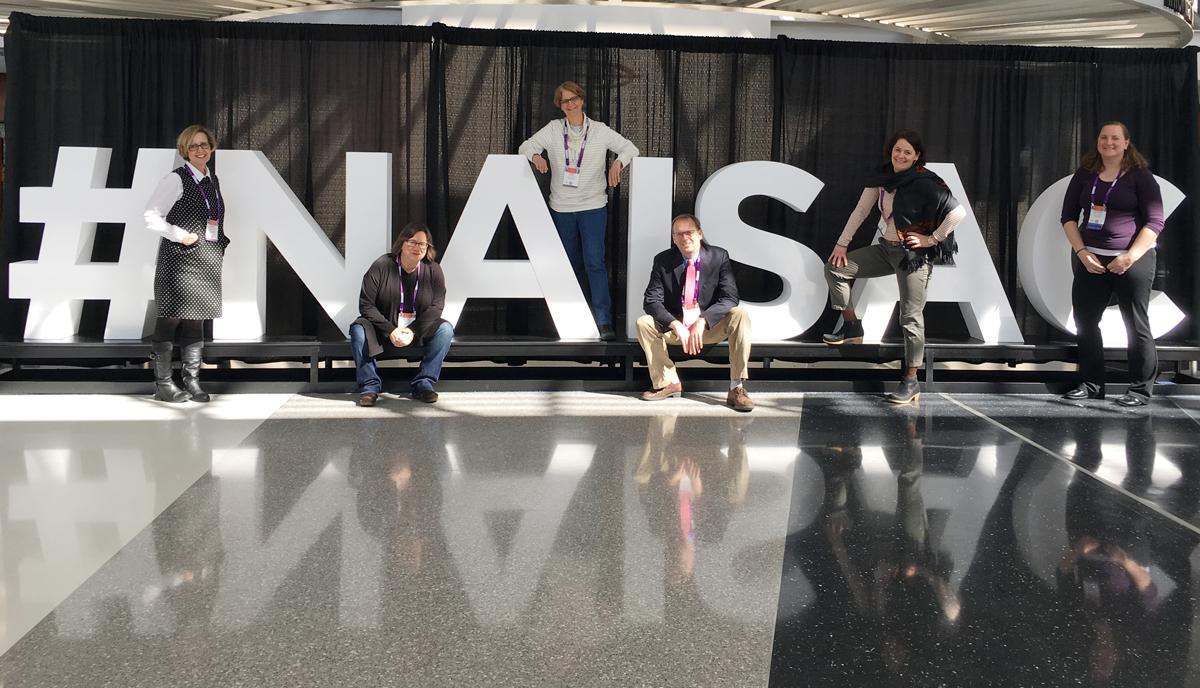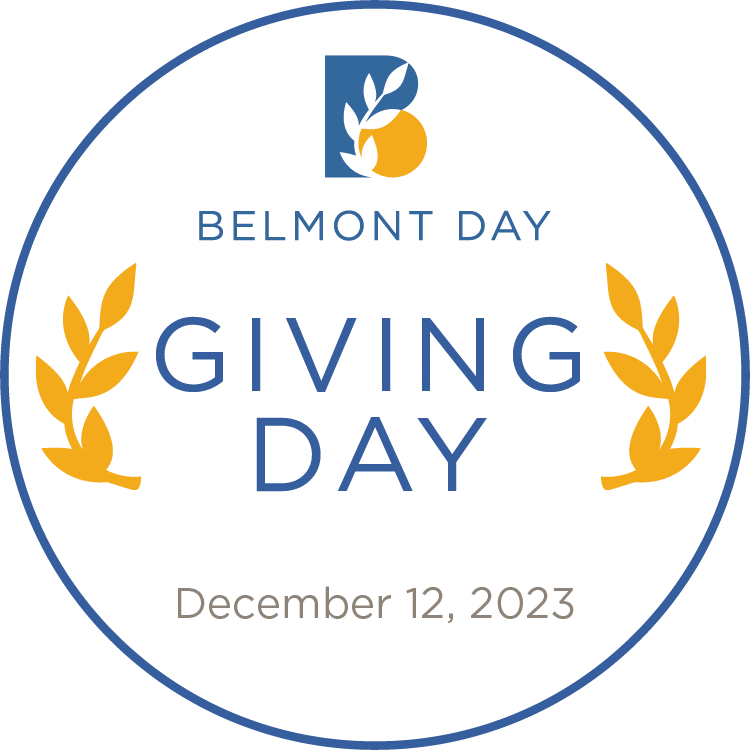As we did following the December National Association of Independent Schools (NAIS) People of Color Conference, we offer here a glance into the experiences of five administrators and one teacher who attended the NAIS Annual Conference last month. More than 4300 educators and school leaders descended upon Atlanta for the three-day conference framed by the theme The Leadership Journey: Guides, Pathways, and Possibilities. Belmont Day was represented by programmatic leaders Deborah Brissenden, Diane Foster, Liz Gray, Heather Woodcock, and Brendan Largay, along with math specialist Kathy Gruzynski who was a presenter on this national stage. What follows are their reflections on their experiences exploring leadership, best practices, and what the future holds for education.
Brendan Largay, Head of School
When I consider the annual conference from a broader vantage point I see independent schools across the nation working hard to reconcile a broadly changing landscape for our schools. Just about every school across the country is workingat an ever accelerating paceto determine what is best for students, how to interpret the impact the accelerant of technology is having education, and how to develop a community of leaders within a faculty and student body all at once. Notably, from the general speakers and several of the workshops I attended, the answer lies in our ability to preserve our own wellness and calm so that we can make the best strategic decisions for our schools. Scholar and innovation and leadership advisor Navi Radjou advocated leaning into understanding ourselves through the Eastern practice of mindfulness. Organizational psychologist Adam Grant asked us to explore whether we are givers or takers in this landscape. Both stressed that success in the future will rely on our ability to simultaneously keep up with the terrific pace of change and seek the stillness required for reflection and achieving a deeper sense of understanding and self. The world of educationlike those of industry, medicine, and lawis at a pivotal crossroads, guiding its leaders towards a more comprehensive understanding of self to help light the way.
Liz Gray, Middle School Head
One thing I love about being an educator is that a typical day is filled with peoplethe give and take of deep discussion, witty banter with students, and collaborating with passionate and expert colleagues. Our days are also packed with problem-solvingeverything from helping a student balance a chemical equation to supporting a student through the fallout from a poor choice and leveraging the experience as a platform for growth. After stepping away from the everyday goings on of school to attend this year’s NAIS Annual Conference, the theme of balance stuck with me when I returned to BDS. Donna Orem, the current and first woman president of NAIS, welcomed us by talking about the importance of balancing two seemingly opposite, but critical, components in education todaymaintaining student safety while providing the space for students to fail and develop independence. Adam Grant, psychologist, author, and professor at the Wharton School, emphasized the importance of balancing publicly sharing our successes with publicly sharing our flaws. He reminded us that if we build a culture where we demand that our students and colleagues bring us only solutions, and never problems, we will remain ignorant of the biggest dilemmas facing our schools right now and lose critical opportunities to pivot, grow, and improve by tackling them. Navi Radjou, a French-American scholar, author, and innovation and leadership advisor, spoke about the importance of balancing wisdom and smartness. As Radjou defined it, “Wisdom is the application of smartness to serve the common good.” Our actions need to be balanced with reflection and introspection, including ethics, humility, and discernment. And I was reminded repeatedly by leaders from peer schools around the country about the importance of balancing day-to-day management with setting aside sacred time to listen, engage in professional development, read, learn something new, and dive into deep work. Finally, all of these messages of balance reinforced how important it is for us at Belmont Day to nourish balance not only in ourselves, but also in our students, who daily navigate a world of multiple demands tugging on their attention and investment, and who could really use a little even-keeled time to pause and wonder.
Heather Woodcock, Director of the Associate Teacher Program
It’s always better to attend professional development with colleagues so that the conversation can extend beyond the confines of the conference spaces or workshop walls. Traveling to NAIS with other administrators and faculty allowed us to cross-pollinate and talk about what we’d gleaned from different sessions and even our differing perspectives on the same keynote speakers. Having the time for those conversations was tremendously valuable. Two sessions were particular highlights for me”Creating and Sustaining a Transparent and Healthy School Culture” and “Using Feedback to Promote Faculty Growth.” Both sessions were relevant to my role as director of the associate teacher program. Thinking about how to give associates feedback to encourage strengths and deepen reflection on what can be improved in their teaching practice is an ongoing part of my work. Additionally, school cultures and the nuances of how they are sustained and lived out and they shift in the day-to-day experiences of students, faculty, and parents is fascinating to me as an educator. I am so very grateful to have had the opportunity to attend this year, and continue to be impressed with the many ways Belmont Day supports the professional growth of its faculty and staff!
Kathy Gruzynski, Middle School Mathematics Specialist and Grade 8 Math Teacher
The last month has flown by since attending NAIS’s annual conference. Days have been filled with snow days, Capstone, after school enrichment classes, admissions events, curriculum work, classroom hours, and so much more. As I take time to process what the experience of the conference means to me and what I have brought back to Belmont Day, I find myself asking three questions:
Who are the people who have shaped me as a leader?
This question is easiest for me to answer. I am grateful for the many interactions over the years with my parents, former department heads, Belmont Day’s administration, teachers I’ve worked with, friends, coaches, siblings, and even students who have pushed and stretched me well outside of my comfort zone and inspired me to bring my best to everything I do.
How did those people learn to be leaders?
This question is the hardest to answer. I know I’ve learned through a combination of observation, conversation, and professional development, among other things. How have our truly great leaders learned? What engagement and inspiration from others helps us become better leaders?
How can I create experiences and moments for students that will help them learn to be and grow as leaders?
This question has me excited about the possibilities for our redesigned middle school program. Speaker Navi Radjou, scholar and innovation and leadership advisor, said “See the potential of others and amplify them!” and this stuck with me and affirms the importance of seeing the best in our students everyday.
The conference allowed me time to reflect on many questions, dive into deep discussions with colleagues and other attendees, and the opportunity to begin reading and formulating new questions…what questions drive you to dive in and investigate?
Diane Foster, Lower School Head
This was my first time attending the NAIS Annual Conference, and it was both an inspirational and exciting experience to be with educators and administrators from independent schools across the country. Several of the workshops I attended focused on the interconnectedness between professional development, feedback, and evaluation. Different models were presented, but there were commonalities that struck me as essential. The role of teacher design of, and collaboration within, feedback and evaluation systems was most striking to me. The foundation for the successful systems presented lay in trusting teachers. I was reminded of the Professional Learning Communities that have been a part of BDS professional development. Within these groups, faculty look together at curriculum, dilemmas, and student work. Faculty lead the groups and set the question of focus or research for each session. It has me thinking about the ways that this successful professional learning can be extended into further systems of feedback and evaluation. To me, this is what makes attending a conference so great. Rather than taking something that’s working for another school and implementing the same thing, it’s about how to expand upon what we are already doing. The inspiration that came from this conference, on this topic and others, revitalizes and refines my work, particularly when done in partnership with great colleagues.
Deborah Brissenden, Assistant Head of School and Director of Curriculum and Instruction
The experience of great professional development can often feel like a slow exhalethe time to think deeply and plan thoughtfully about next steps. It can equally feel like a sharp intake of breaththe great idea that captures you or the connection with a new inspiring colleague. I experienced both these feelings at the NAIS conference in Atlanta. The chance to reset, gather ideas, have the mental space to plan and long conversations was invaluable. I jammed as much in by attending workshops, hearing keynote speakers, and scheduling individual and group reflection time (perhaps a new habit!). My biggest takeaway was a consistent message from schools and leaders: independent schools across the country are embracing change and thinking deeply about their future and relevance. Schools are crafting their own processes for change and holding themselves to high standards for growth and excellence. It is a privilege to engage in such a high standard of professional development and bring ideas back to Belmont Day School. A fan of Sketchnoting, or visual notetaking, I hope you enjoy exploring some of my reflections on the conference:





